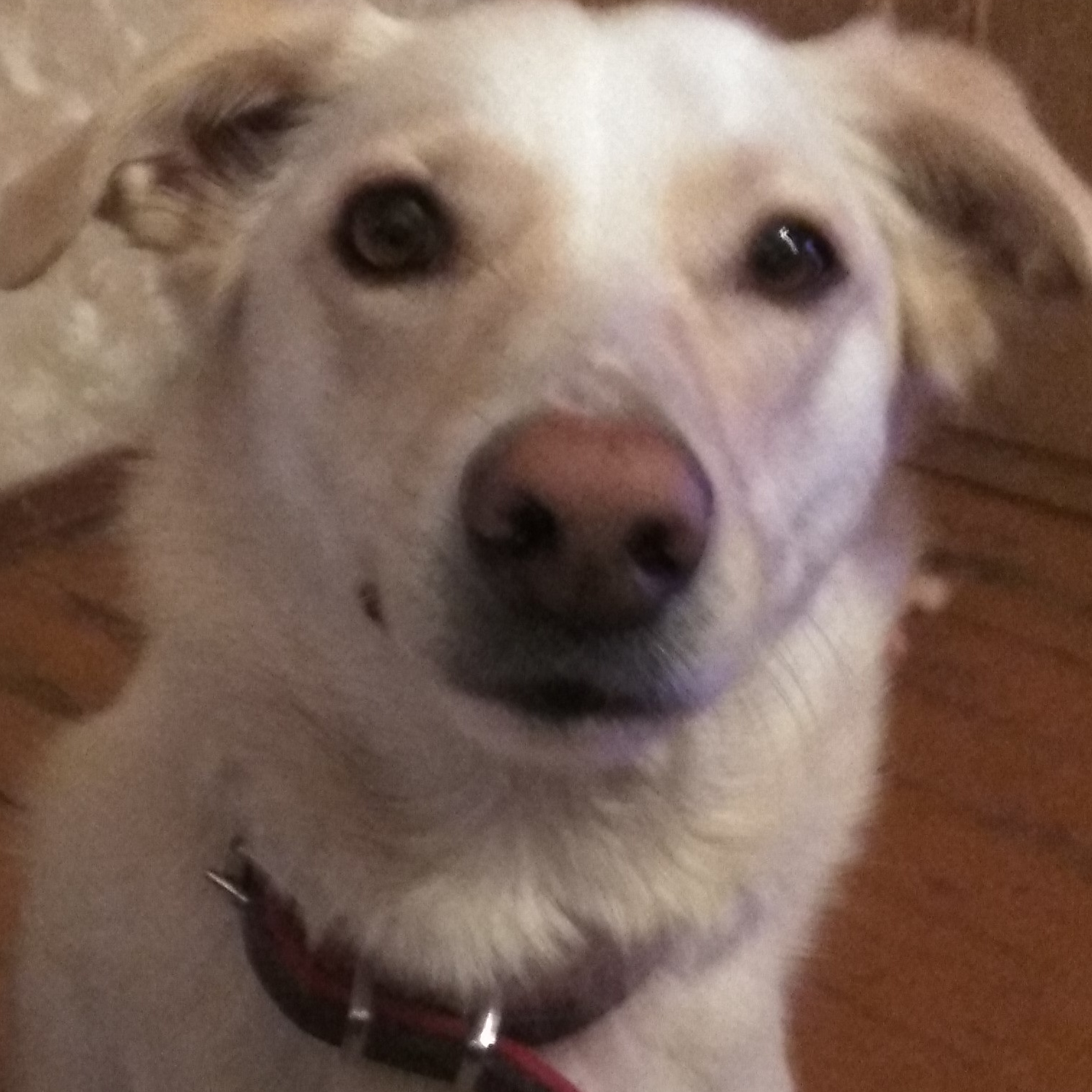fedorM написал :
omgFiRE, как вы их так снимаете?
Фотоаппарат - "мыльница" на 5 мегапикселей, купил в 2005-м году (на Amazon Marketplace за эту модель сейчас просят $35) + потрёпанная книга по фотографии 50-х годов за авторством Микулина (досталась от деда). Внешние вспышки или сменные объективы к "мыльнице" особо не подключишь.
Короткими битами (25мм) не везде подлезешь, поэтому длинные удобнее. Электро-изолированный набор в качестве единственного тоже не очень удобен: во-первых электро-изоляция сносится быстрее, во-вторых шлицы с большим усилием (Hex 5+, Torx 30+, PZ3) не покрутишь. А если поставить в Wera Bit ratchet - то вполне.
Wera KK VDE slim я брать не буду: во-первых мне форма рукояток Wera не подошла, во-вторых биты от Wera серии Z не впечатлили. Я взял бит разных серий от Wera: BDC, Z, TZ, BTH, TH, A, J, TiN, TZ ACR.
Биты серии Z (обычные биты) оказались слишком мягкими. Другие серии пока не использовал.
Insider 1 с резьбой может раскручиваться, если ладонью на торец давить. У Insider 2/3 более прогрессивный дизайн, потому я купил Insider 3.
fedorM написал :
в реале эти биты несколько тусклее
Да. У меня цветопередача поплыла.
Wera Bits:
Impact-Bits are needed when a strong power tool (e.g. 18 volt impact screwdriver) is used.
Impact bits were specifi cally developed to withstand high power tool impact forces.
Stainless By using stainless steel bits, the formation of rust on stainless steel screws or surfaces is prevented. Rust on
stainless steel mainly occurs from wear particles remaining after screwdriving work with conventional steel
tools. Such steel wear particles adhere to the screw and begin to rust under the infl uence of oxygen and
moisture. They are easily recognisable with their ice-blue banderole.
BDC-Bits are absolutely premium products. They have a softer BiTorsion zone which reduces the hardness of the shaft
by about 20 % in comparison to the drive tip. This means that the peak loads that cause bit breakage and
premature wear are absorbed in this zone – something which enhances the service life of the bits.
The diamond coating lowers the danger of slipping as the minute diamond particles literally "bite" themselves
into the screw head. B stands for BiTorsion. DC stands for diamond coated.
Z-Bits are ductile, tough bits for hard materials such as sheet steel or metal.
TZ-Bits are Z bits with a torsion zone. Torsion bits absorb the damaging peak torque loads in the torsion zone. This
prevents premature wear and enhances the service life of the bits.
BTZ-Bits have an additional tempered BiTorsion zone, which reduces the hardness of the shaft by about 20 % in
comparison to the drive tip. This means that the peak loads that cause bit breakage and premature wear are
absorbed in this zone – something which enhances the service life of the bits.
H-Bits are particularly hard bits for semi-hard materials such as wood.
TH-Bits are H bits with a torsion zone. Torsion bits absorb the damaging peak torque loads in the torsion zone. This
prevents premature wear and enhances the service life of the bits.
BTH-Bits have an additional tempered BiTorsion zone, which reduces the hardness of the shaft by about 20 % in
comparison to the drive tip. This means that the peak loads that cause bit breakage and premature wear are
absorbed in this zone – something which enhances the service life of the bits.
TS-Bits are torsion bits made from stainless steel. S stands for stainless. Suitable for all screwdriving jobs with
stainless steel screws.
A-Bits A stands for aviation. A bits are particularly hard bits with a sharp-edged profi le which penetrates screw
profi les full of paint (such as on fuselage panels) ensuring a dependable transfer of force between the bit and
the screw.
J-Bits J stands for Japan. J bits have been optimised to suit Asian PH screws. In particular, they are for use with
very small dimensions as set out in the Japanese Camera Standard.
TiN-Bits TiN stands for titanium-nitrite. An extremely hard coating to withstand permanent loads such as during
continual screwdriving operations in series manufacturing.

